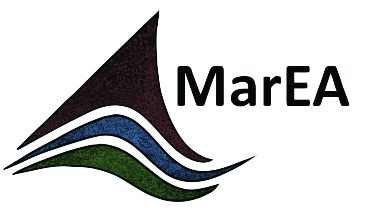Welcome to the Endangered Archaeology of the Middle East and North Africa (EAMENA) and the Maritime Endangered Archaeology (MarEA) database.
The database is populated with archaeological sites documented by the EAMENA and MarEA projects, which are supported by Arcadia, a charitable fund of Lisbet Rausing and Peter Baldwin.
MarEA focuses on documenting sites that exclusively are located in the coastal and maritime zone, a first for this type of documentation, complementing the work of our partners EAMENA. Many of the sites in the database are previously unrecorded, having been discovered through the use of remote sensing techniques, especially satellite imagery, and supplemented by reports and publications. The database however, is not restricted to sites that are directly under threat. Rather, all sites within the areas in which we work are recorded including sites which have already been recorded or published in various sources and have been digitised for inclusion in the database. This is in order to monitor potential threats, assess the priority of individual sites and decide where to focus resources for preservation and protection, heritage authorities must know what archaeological resources exist and where they are located. Thus, the projects work closely with many of the government heritage protection bodies in the MENA region and the database provides a significant new tool for cultural heritage management and archaeological research.
With all of these data brought together into a single system, the EAMENA database provides a significant new tool for cultural heritage management and archaeological research.
The database Verion 3.0 features new maritime specific forms of documentation that are paramount for contextualising maritime heritage. Of these is the new Geoarchaeology resource model or form, which aims to capture evidence of past environments and landscapes, thus providing information about past environmental changes. This is particularly important given sea-level and coastal change that have and is impacting on the location, preservation, and condition of maritime cultural heritage in the MENA region. This database version also features a new environment recording form to capture geological data as well as marine processes for all heritage records. These advancements in documentation are unique on a MENA-wide scale of coverage.

